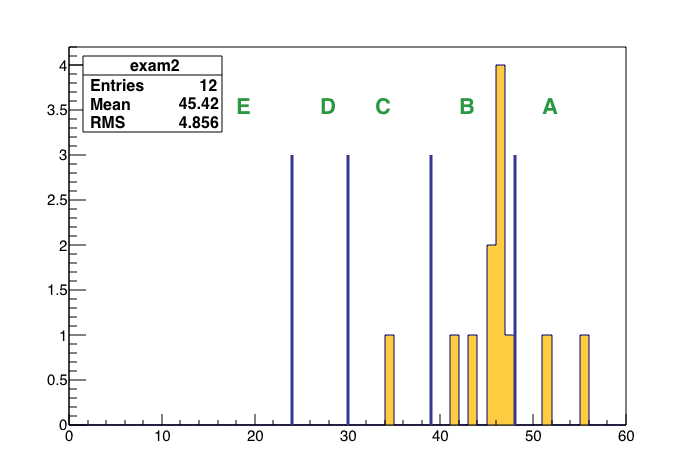
In this article, we used this approximation to calculate the Curie temperatures for superlattices under our Conclusion Among different approaches for estimation of the Curie temperature, mean field approximation (MFA) gives a qualitative description of the magnetization in whole temperatures. So, the spin↑ and spin↓ Curie temperatuesĬurie temperatures for all of our superlattices were estimated based on statistical mechanics approaches to Heisenberg Hamiltonian, with the exchange interaction energies calculated by Density Functional Theory. Where ρ ( E f ) is the density of states of a paramagnetic state at the Fermi energy. By minimizing the energy, a condition for magnetism analogous to the stoner criterion arises which is U ρ ( E f ) > 1. Stoner model is based on a criterion for magnetism that is ascribed to the localized d electrons and is directly applicable to transition metals.

In this section, we use the Stoner criterion to identify the magnetic ordering of interfacial atoms (ferro or antiferro-magnetic). The obtained values are 3.618 eV and 4.831 eV for Mn and Ti atoms in LaMnO 3 and SrTiO 3, respectively, which are Magnetic ordering of interfacial atoms We have calculated Hubbard U parameter based on linear response approach, for Mn and Ti atoms in LaMnO 3 and SrTiO 3, respectively. In this investigation, we have chosen the cubic perovskite structure of LaMnO 3 and SrTiO 3 in order to study their electronic and magnetic properties using the plane-wave pseudopotential method implemented in Quantum-Espresso open-Source code. Section snippets Structural and computational details In this work, we have investigated the effects of the inclusion of electron–electron correlations on the Ti atoms in LaMnO 3/SrTiO 3 superlattices with m=1, 2, 3 and n=1, 2, 3, 8 unit cell using Density Functional Theory (DFT) calculations,. They have found that the LaMnO 3 layer in these superlattices favor the ferromagnetic metallic state rather than A-type antiferromagnetic insulator and it is revealed that tiny magnetic moment has been induced to Ti ions of the SrTiO 3 layer near the interface. have calculated magnetic properties of the LaMnO 3/SrTiO 3 superlattices using GGA+ U approximation with U Mn=3 eV and U Ti=0 eV. It has been reported that depending on the strain state of the superlattice which is controlled by the ratio of LaMnO 3 to SrTiO 3 thicknesses, the sign of the spin–spin coupling at the interface can be reversed.

Recently, it was experimentally demonstrated that the interface between the non-magnetic SrTiO 3 and antiferromagnetic ordering (A-type) LaMnO 3 became ferromagnetic. In LaMnO 3/SrTiO 3 superlattice, atomic layers of LaMnO 3 and SrTiO 3 are combined which are of current interest, because of their various electronic and magnetic phases. Superlattices prepared by atomic layer epitaxy using molecular beam epitaxy or pulsed laser deposition exhibit novel magnetic properties and electronic structures which have not been observed in their respective bulk constituents.


 0 kommentar(er)
0 kommentar(er)
